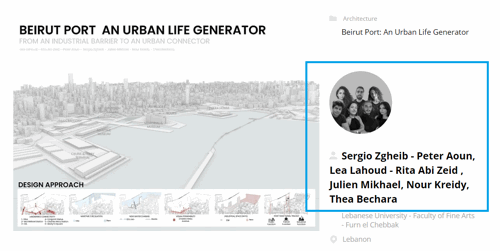School of Art & Design Bandung

Project idea
In an era of exponential technological advancement, the only sustainable commodities for humanity are creativity and human connection. Over the next decades, these capacities will define our resilience, and for a developing nation like Indonesia, its cultural heritage will serve as a lasting global asset.
This project addresses for both the question of how education take place in the future, while facing the epidemic of loneliness which lead to the question; why we still going to school in this digital era?
Project description
Exploring this paradox, the design proposes Bandung is chosen as the context for its roots as Indonesia’s most creative city. The proposal outlook is to optimize the site existing condition by build along with the existing nature externally while internally harvesting human connection and individual value by creating inclusive space that respond and influence social behavior by spatial psychology and intentional design to nurture creativity and human connection with the outcome/product being art and design
Technical information
The main premise of this design is to stimulate creativity in students through space, which by interconnecting nature, human, it's behavior into space from macro to micro scale with creating inclusive space that respond and influence social behavior by spatial psychology and intentional design to nurture creativity and human connection with the outcome/product being art and design.
This interconnected approach also targets sustainability on two fronts: cultural and environmental. Culturally, the design seeks to shape and reinforce creative habits and values. Environmentally, it aims to provide thermal and spatial comfort with minimal energy use by leveraging Indonesia’s tropical context. For instance, the roof reinterprets the iconic silhouette of Gedung Sate (Bandung’s architectural landmark) not merely as a symbolic reference but as a fully integrated environmental system. It functions as both a rainwater collector and a daylight modulator.. The collected rainwater is channeled into a retention pond strategically placed near the classrooms to create pressure differentials, thereby natural cross-ventilation could actually work.
From a cultural perspective, the design reimagines the conventional educational courtyard as a linear public space, directly facing the street. Surrounding this core is a greenbelt that not only buffers the indoor environment but also serves as a designated outdoor area in response to Indonesia’s prevalent smoking culture, ensuring that social habits are accommodated in a responsible and spatially sensitive manner.
From a constructive standpoint, the building shaped aligns with contour lines and every existing vegetations (preserved), extending east-west to optimize daylight. The entire design uses a 60cm multiple grid, which is the scale of human multiples and the majority of raw materials, and the materials used in the design are raw materials that are easily obtained so that they are more practical to build and also effective in construction, considering craftsmanship in Indonesia as a developing country.


















